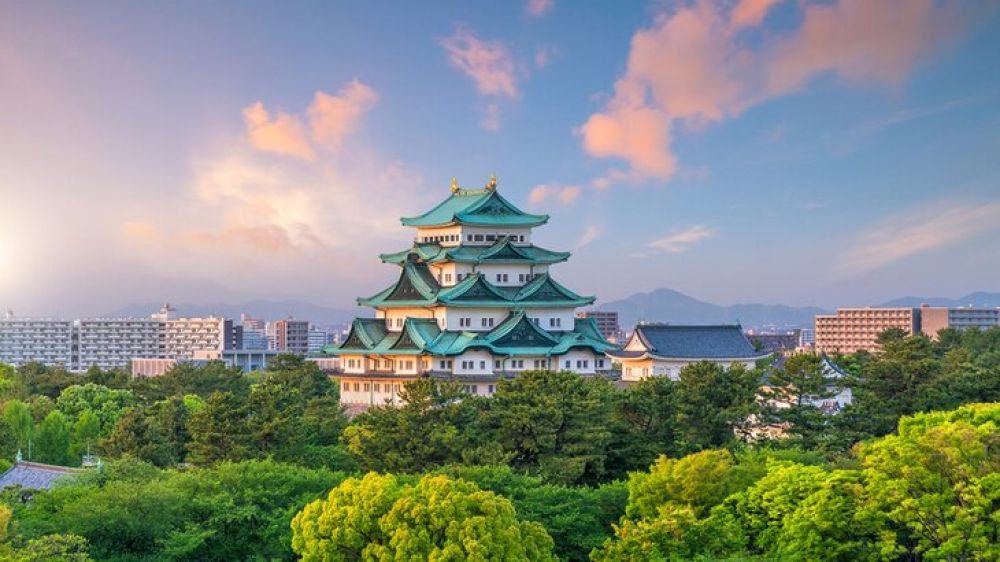

The city of Nagoya, located in the Chubu region of Japan, is the country's fourth most populous urban area. Historically, it has been a hub for manufacturing and industry, especially known for its contribution to the automotive sector. However, Nagoya has steadily been gaining recognition for its rich cultural heritage, modern attractions, and as a gateway to the scenic beauties of the Central Japan region.
The roots of tourism in Nagoya can be traced back to its historical sites that exemplify its past. The iconic Nagoya Castle, originally constructed in the 17th century, has been a pivotal tourist destination following its post-war restoration. Nagoya's role as one of the stops along the Tokaido route – the historic travel route connecting Tokyo and Kyoto – also contributed to its early exposure to travelers and tourists.
In the decades following World War II, Nagoya's economy and infrastructure underwent significant rebuilding, leading to a modernized cityscape. This reconstruction included the development of tourist-friendly facilities and the enhancement of cultural sites. The 1970 opening of the Port of Nagoyar Public Aquarium, one of the largest in the world, highlighted Nagoya's expanding interests in tourism.
A significant boost to the city's tourism was the hosting of the World Expo 2005, which brought international attention to Nagoya and its surrounding areas. The six-month-long exposition themed "Nature's Wisdom" was held in the Aichi Prefecture, with Nagoya playing a central role in its operations. Following the Expo, several related attractions, including the lush Expo Park and interactive museums, remained as tourist spots, creating a lasting impact on the city’s tourism appeal.
In recent years, Nagoya has embraced new tourism trends by leveraging its unique mix of history and innovation. Attractions like the SCMAGLEV and Railway Park, where visitors can learn about Japan's cutting-edge maglev trains, and the popular Nagoya City Science Museum showcase the city's forward-thinking spirit.
Furthermore, the city has increasingly catered to pop culture enthusiasts by highlighting spots related to Japan's anime and gaming industries. The development of shopping and entertainment complexes such as Oasis 21 and the ever-popular Osu shopping district have blended modern lifestyle amenities with traditional experiences like the Osu Kannon Temple.
Moving forward, Nagoya aims to strengthen its tourism industry by capitalizing on its strategic location - offering easy access to the Japanese Alps, the Ise-Shima area, and the Kiso Valley. Continuous investments in hospitality, local events such as the Nagoya Festival, and enhancements to the city’s historical landmarks remain central to its tourism growth strategy. With the Chubu Centrair International Airport serving as a conduit for international travelers, Nagoya’s tourism sector is poised for further expansion as it continues to offer a compelling blend of tradition and modernity.
As the world continues to open up after global disruptions, Nagoya is positioning itself as a destination that offers an authentic slice of Japanese culture alongside attractions that exemplify Japan's reputation for technological excellence and innovation – ensuring a diverse and enriching experience for all its visitors.